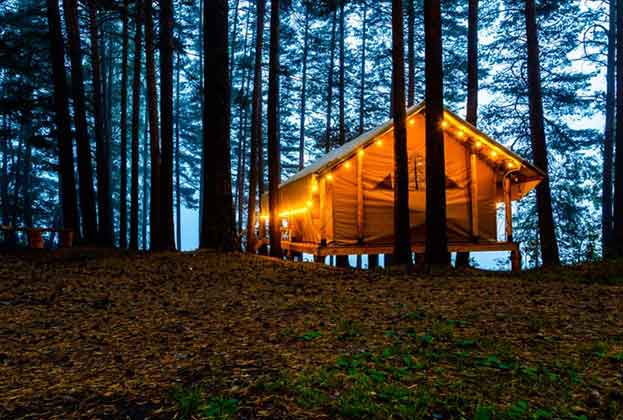In 2012 research funded by English Heritage and undertaken by academics at LSE established that houses situated within Conservation Areas in England sell at a higher price, and show a greater appreciation in value, than those in other areas.
The study revealed that these properties can sell for 23 per cent more on average than other houses, and that 'even when location, the kind of properties involved and other factors affecting house prices are adjusted for a premium of around 9 per cent was still found'. (LSE 2012).
In many regards it is not surprising to find that the generally well-maintained confines of Conservation Areas contain high-value properties, or that the tighter control over development within these areas and consequential preservation of aesthetically pleasing surrounds would impact house values positively. However, the study found that this premium can also fall (to 5 per cent) when the Conservation Area fails to be well-maintained and becomes 'at risk' (derelict buildings, neglected public spaces, loss of historic fabric and detailing, unsympathetic developments).
Research in 2017 by Koster and Rouwendal in the Netherlands has demonstrated very clearly that investment into the restoration and renovation of historic buildings not only reaps social benefits, but also directly and positively impacts not only the value of the historic building, but also surrounding house prices.
This research has demonstrated the potential economic impact of heritage, and for any investor interested in long-term gains and the acquisition of property, should be factored in.
Rarity
One of the key factors in determining the significance of a heritage asset (such as a listed building) is understanding and establishing its level of rarity. In an assessment of significance the following questions inevitably arise:
- How many examples of this type of architecture might there be? Is it the only example, or the best quality surviving example?
- Was the house built by well-known architect whose work is now prized but almost entirely lost?
- Does the property retain fixtures and fittings which are exemplar of a particular period in history?
Rarity, in all of the above, is crucial. It has not only been linked to desirability over the centuries, but to value. If there is a limited supply of anything, its value soon escalates.
Researchers writing about products and branding understand this phenomenon very well. In Beyond rarity (2016) Kapferer explores how luxury brand designers might maintain desirability when the ultimate factor – physical rarity – is being lost within a flooded luxury market.
Unfortunately (or perhaps fortunately) for our listed historic buildings, many do not survive hence many are exceptionally rare, and so well-kept examples are prized. They are ‘prized’ by their level of designation and therefore also the protection they are afforded in legislation and policy (grading). They are also ‘prized’ by owners who hold the dual-role of custodian, and who work to restore, maintain and renovate their investments.
No-one is getting any younger
It’s not only us, it’s our buildings. Historic buildings and heritage sites are ‘old’ by definition. And they only get ‘older’. But what does this mean in terms of investment and future values?
The age of the buildings goes hand in hand with their rarity – there are fewer of the older examples left, and fewer still that remain in excellent condition. The maintenance and preservation of something which is both old and rare is not only an act of custodianship, it is arguably a sound investment. As the research has shown, providing much needed TLC to historic houses reaps rewards for society, the neighbours and the investors.
Further information
Read more: Interactive map: the value of our built heritage
Contact Savills Commercial Heritage
.jpg)
.jpg)

.jpg)
.jpg)
.jpg)




